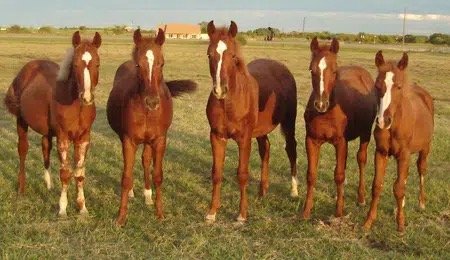There was no challenge. Please don't put words into my mouth. I say EXACTLY what I mean, and mean exactly what I say. Just the way I am. I simply pointed out that there are many possible causes for color differences, and that MAY be the reason the breeders are stating that it isn't predictable. I even mentioned that I don't know, since I haven't done the requisite research. You mentioned several times in the thread that two yellow bellied regals HAD to produce 100% yellow bellied offspring, based on [entirely unnamed] science. Since you have sources, it sure would be nice to view those. It didn't seem that way to me, based on the fact that you didn't reference them to begin with, so that was why I commented.Lol. I’m not going to share it. You can challenge me but I can’t challenge you? Have a nice evening. I hope your injury gets better. I know how that can be from personal experience.
I do appreciate the well wishes. And I still think the information about white markings in foals is interesting! Genetics, as a whole, is a fascinating topic. These are, genetically, all the same horse.
















